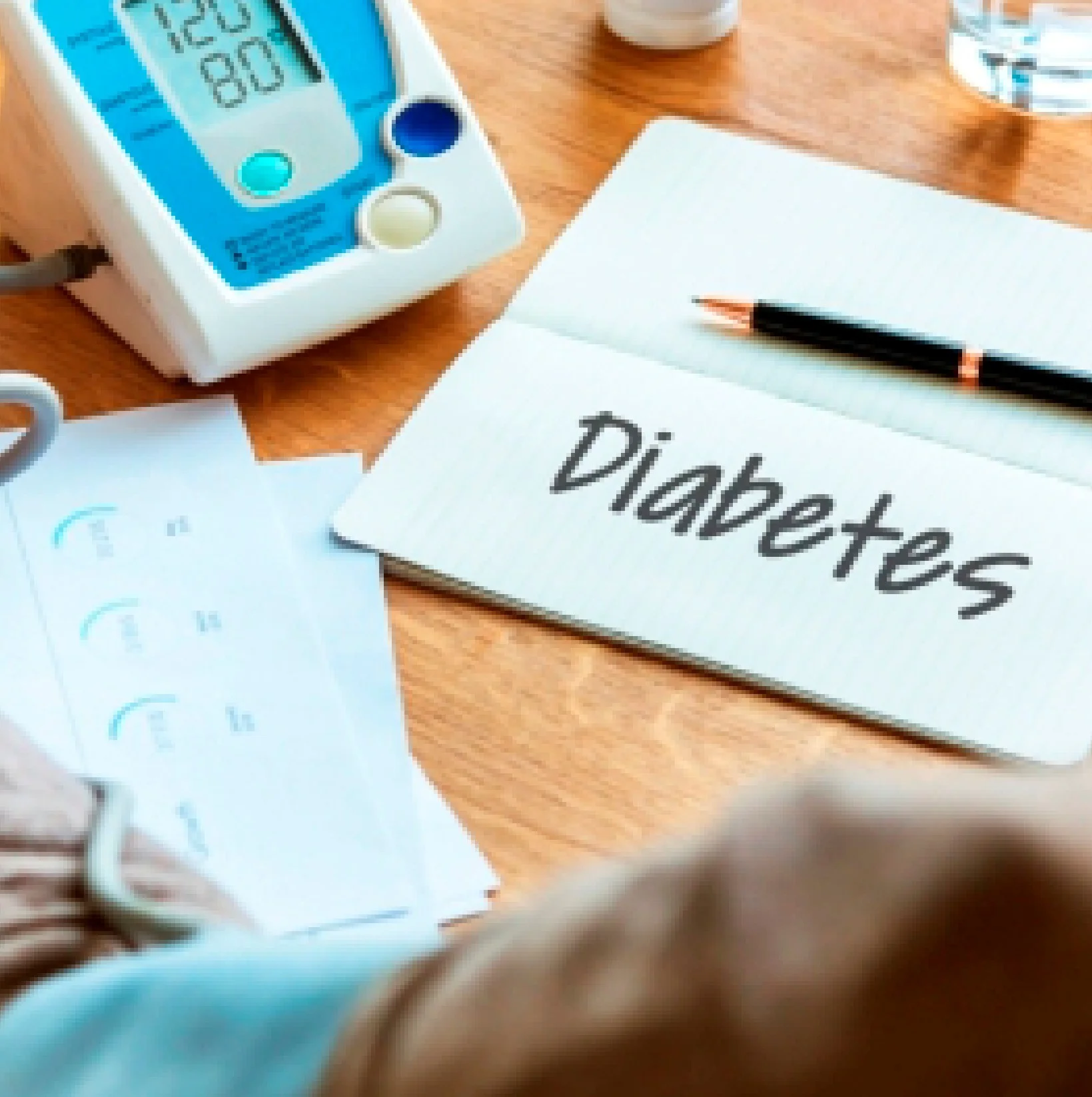
Department of General Medicine
Welcome To Gangasheel Hospital
What Is Type 2 Diabetes ?
Type 2 diabetes is a disorder of the way the body regulates and uses sugar (glucose) for fuel. This long-term (chronic) condition causes excessive circulation of sugar in the bloodstream. Finally, high blood sugar levels can lead to disorders of the circulatory, nervous and immune systems
There are two main related issues at work in type 2 diabetes. The pancreas does not produce enough insulin (the hormone that regulates the movement of sugar into the cells), and the cells respond poorly to insulin and absorb less sugar.
Type 2 diabetes was formerly known as adult-onset diabetes, but both type 1 and type 2 diabetes can develop in childhood and adulthood. Type 2 diabetes is more common in older people, but the rise in obese children is increasing her type 2 diabetes among the younger generation.
The signs and symptoms of type 2 diabetes often progress slowly. In fact, for years he may have had type 2 diabetes and not even realize it.
- Increased thirst
- Frequent urination
- Increased hunger
- Unintentional weight loss
- Fatigue
- Blurred vision
- Slow wound healing
- Frequent infections
- Numbness or tingling in hands and feet
- Dark areas of skin, usually armpits and neck.
Type 2 diabetes is primarily the result of two related problems.
- Muscle, fat and liver cells become insulin resistant. These cells do not interact normally with insulin, so they cannot absorb enough sugar.
- The pancreas cannot produce enough insulin to control blood sugar levels.
- The exact reason for this is unknown, but obesity and lack of exercise are the main contributing factors.
A healthy lifestyle can help prevent type 2 diabetes, even if you have a relative with diabetes. If you have been diagnosed with prediabetes, lifestyle changes can slow or stop the progression to diabetes.
A healthy lifestyle includes
- Healthy Eating - Choose foods that are low in fat and calories and high in fiber. Focus on fruits, vegetables and whole grains.
- Let's get active - Aim for at least 150 minutes of moderate-to-vigorous aerobic activity per week, such as brisket. B. Brisk walking, cycling, running, swimming.
- Decrease - Less weight loss and maintenance could slow the progression from pre-diabetes to her type 2 diabetes. For prediabetes, losing 7% to 10% of body weight can reduce the risk of diabetes.
- Avoid long periods of inactivity - Sitting for long periods of time can increase your risk of type 2 diabetes. Try to get up every half hour and move around for at least a few minutes.
For people with prediabetes, the oral diabetes medication metformin (Fortamet, Glumetza, etc.) may be prescribed to reduce her risk of type 2 diabetes. It is usually prescribed to older people who are overweight and unable to lower blood sugar levels through lifestyle changes.
There is no cure for type 2 diabetes. However, the condition can be managed by maintaining a healthy lifestyle and taking medication as needed.
- Blood Glucose -
A blood glucose meter or continuous blood glucose monitoring (CGM) can help you reach your blood sugar goals. The doctor may also recommend regular A1c tests for her, oral medications (tablets), insulin therapy, or injectable non-insulin diabetes medications. - Blood Pressure -
Lower blood pressure by quitting smoking, exercising regularly, and eating a healthy diet. Your doctor may recommend blood pressure medications such as beta-blockers and ACE inhibitors. - Cholesterol -
Follow a diet low in saturated fat, trans fat, salt and sugar. Your doctor may recommend statins, a type of drug used to lower cholesterol.
Yes, Type-2 Diabetes treatment is available in Bareilly at Gangasheel Hospital by the team of expert General Medicine in the city.
